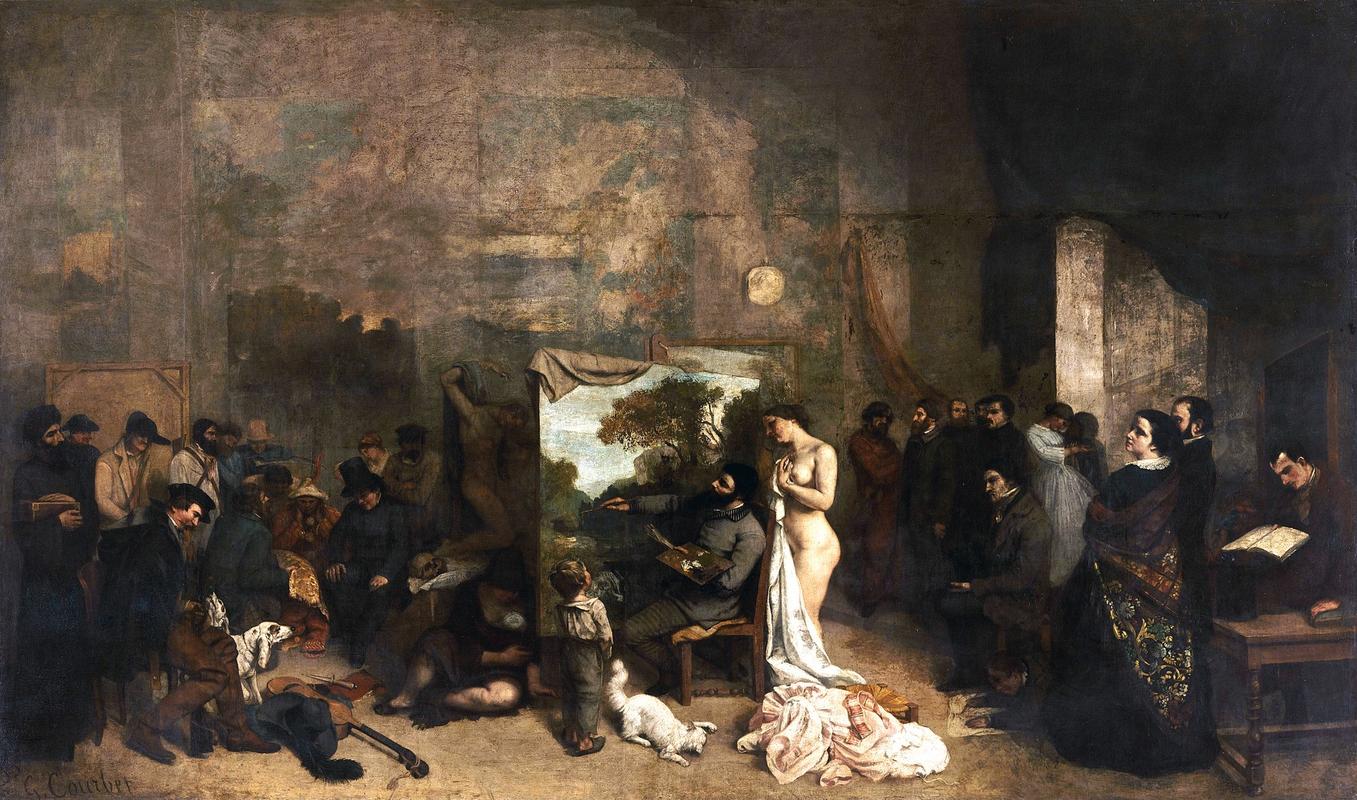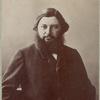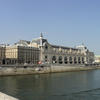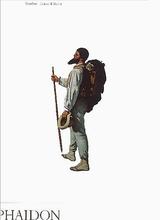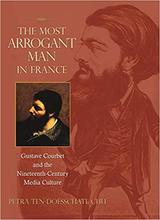More about The Artist's Studio
- All
- Info
- Shop
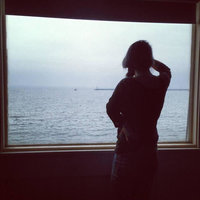
Contributor
The Kardashians learned the art of self-promotion from Gustave Courbet.
As a young artist entering Paris, Gustave Courbet was ambitious and had a strategic brand. He was a child of the “free country”, Franche-Compté, a region in East France bordering Switzerland with a history of independence from the rest of France. Courbet was known to exaggerate his provincial accent, conveying himself as a burly mountain-man-turned-Bohemian. Known as a savvy careerist, Courbet aggressively pursued critics, writers, and journalists inviting them to his studio to look at his work.
The artist knew that in order to succeed he needed to market himself in a way that received attention. That is exactly what he did when the French Salon rejected some of his paintings. He displayed 40 of his works in the “Pavilion of Realism” with The Artist’s Studio as the focal point of the exhibition. This independently funded and organized show was very unusual for the 19th century French art scene and it paved the way for future artists like the impressionists.
The Artist’s Studio is a massive piece more than ten feet tall and 20 feet wide featuring the artist himself painting a landscape with friends and art critics on the right and the rest of the models on the left, not including the nude peering over his shoulder. This was quite the dramatic statement and also a way to capitalize on the thousands of tourists who were pouring into the French capital for the 1855 Universal Exhibition. In his letters to his patron, Alfred Bruyas, the artist bragged quite often about the profitability of the exhibition. He gleefully admits that he might be called a monster but he’ll make 100,000 francs in one shot. During a time when tickets to art exhibitions were frowned upon, Courbet had a financial plan for his independent show where he would charge for checking in canes and umbrellas and photographic reproductions of his works.
Although professional artist journals supported Courbet’s entrepreneurial venture, many conservatives were very critical of the show, as predicted. To Courbet, there was no such thing as bad press. In 1852, he once declared “When I am no longer controversial, I will no longer be important.”
Sources
- “Gustave Courbet.” Artsy. Accessed October 25, 2018. https://www.artsy.net/artwork/gustave-courbet-the-studio
- “Gustave Courbet The Artist’s Studio.” Musée D’Orsay. Accessed October 25, 2018. http://www.musee-orsay.fr/index.php?id=851&L=1&tx_commentaire_pi1[showU…
- Mainardi, Patricia. “Courbet’s Exhibitionism” Gazette des Beaux-Arts, no.118, December 1991, p.256. Accessed October 25, 2018. https://msu.edu/course/ha/446/mainardicourbet.pdf
- Morton, Mary. “To Create a Living Art: Rethinking Courbet’s Landscape Painting”. Getty Publications, 2016. Accessed: Oct 25, 2018. https://www.getty.edu/news/press/courbet/courbet_essay.pdf
Featured Content
Here is what Wikipedia says about The Painter's Studio
The Painter's Studio (French: L'Atelier du peintre; in full, The Painter's Studio: A real allegory summing up seven years of my artistic and moral life) is an 1855 oil-on-canvas painting by Gustave Courbet. It is located in the Musée d'Orsay in Paris, France.
Courbet painted The Painter's Studio in Ornans, France in 1855. "The world comes to be painted at my studio," said Courbet of the Realist work. The figures in the painting are allegorical representations of various influences on Courbet's artistic life. On the left are human figures from all levels of society. In the center, Courbet works on a landscape, while turned away from a nude model who is a symbol of Academic art. On the right are friends and associates of Courbet, mainly elite Parisian society figures, including Charles Baudelaire, Champfleury, Pierre-Joseph Proudhon, and Courbet's most prominent patron, Alfred Bruyas.
The 1855 Paris World Fair's jury accepted eleven of Courbet's works for the Exposition Universelle, but The Painter's Studio was not among them. In an act of self promotion and defiance, Courbet, with the help of Alfred Bruyas, opened his own exhibition (The Pavilion of Realism) close to the official exposition; this was a forerunner of the various Salon des Refusés. Very little praise was forthcoming, and Eugène Delacroix was one of the few painters who supported the work. Of the painting, Courbet stated that The Painter's Studio "represents society at its best, its worst, and its average."
Check out the full Wikipedia article about The Painter's Studio

